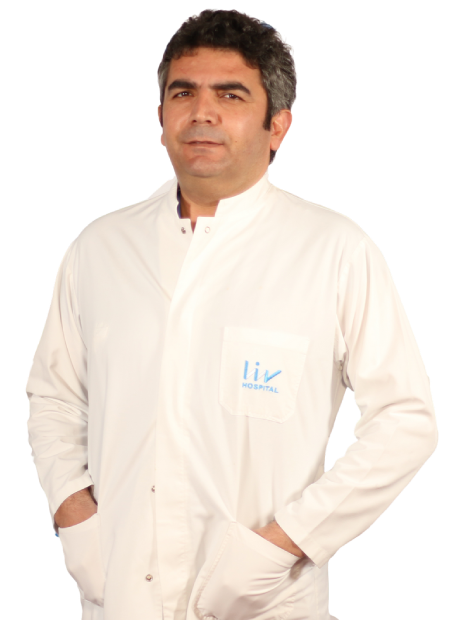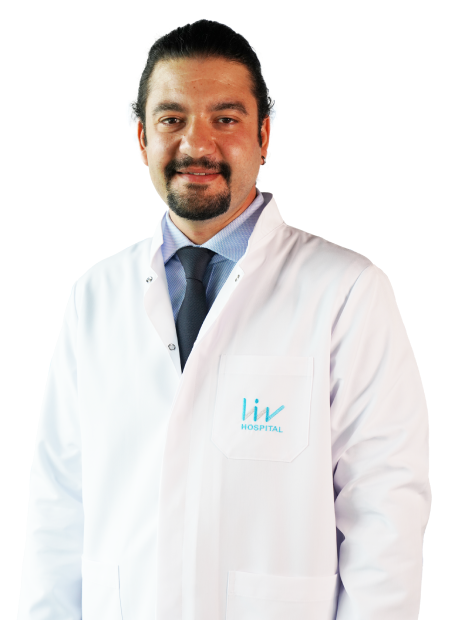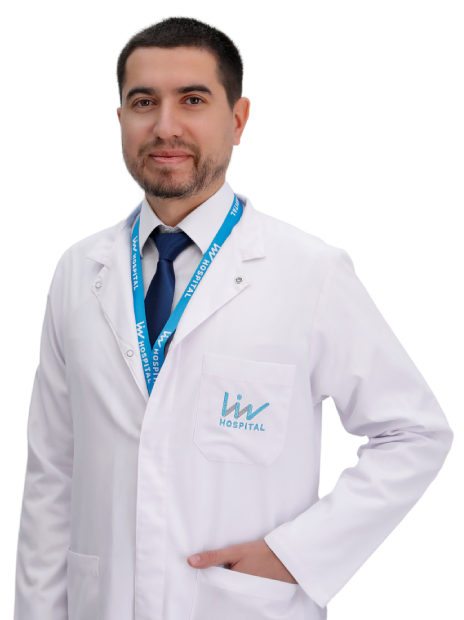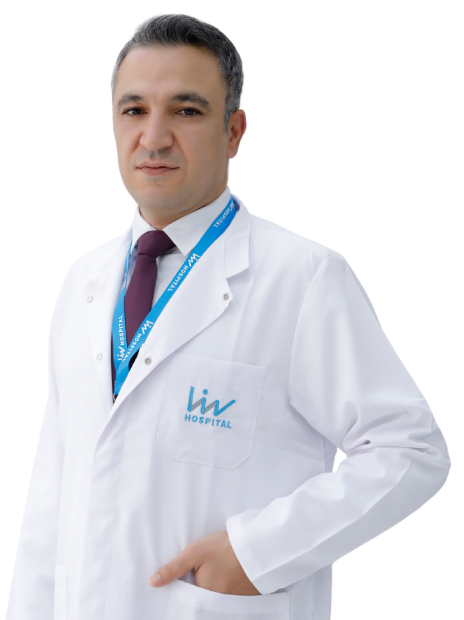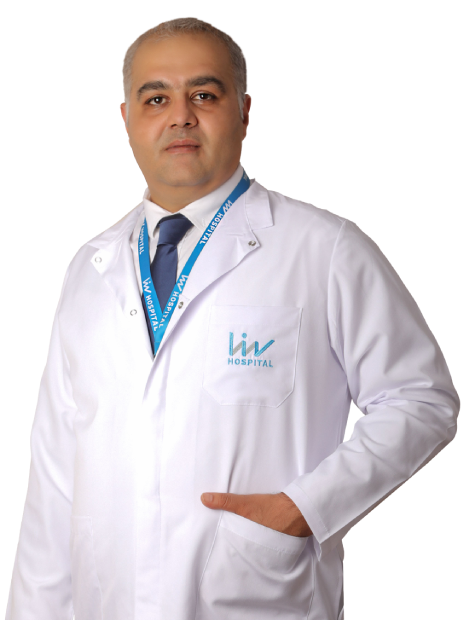Anesthesiology
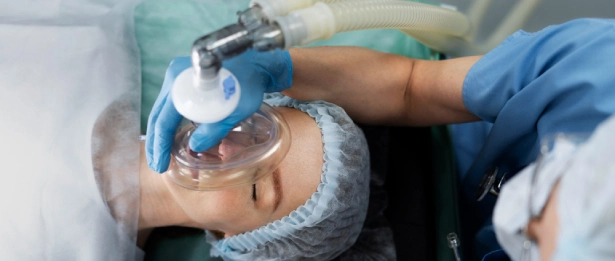
Last Update Date: 9/18/2024 10:54:23 AM
Anesthesia and Reanimation is a medical specialty that allows the patient to undergo surgery painlessly by administering anesthesia during surgical interventions and regulates the vital functions of patients in critical condition.
What is Anesthesiology and Reanimation?
Anesthesiology and Reanimation is a medical specialty that administers anesthesia to control pain and induce unconsciousness during surgical operations. It also supports the vital functions of critically ill patients. Specialists in this field are responsible for ensuring patient comfort during surgical interventions and managing the care of critically ill patients in intensive care units. Anesthesia is crucial for surgical procedures, as it ensures pain relief, loss of consciousness, and muscle relaxation during the operation.
Liv Hospital Anesthesiology and Reanimation Clinic
Liv Hospital Anesthesiology and Reanimation Clinic provides high-quality and safe anesthesia services 24/7 for a wide range of patient groups, from newborns to those aged 100 and above, and for patients weighing between 2 kg and 215 kg. Under the supervision of anesthesiology specialists, anesthesia technicians receive continuous clinical and theoretical training and participate in professional development seminars. The anesthesia team operates successfully in all areas of the hospital that require anesthesia, including the operating room, endoscopy unit, maternity ward, obstetric interventions, MRI, radiology, emergency room, and IVF unit.
Anesthesia services include pre-procedural medical evaluations, pain management, and monitoring of all vital functions during and after the procedure, all of which are carried out by experienced anesthesiologists. These services encompass analgesia and sedation for diagnostic or therapeutic interventions, anesthesia for day surgeries, painless childbirth, pediatric anesthesia, and anesthesia applications across all surgical specialties.
Given the significant number of cancer surgery patients, anesthesia techniques and procedures are specialized due to the presence of other accompanying health issues and the extended duration of surgeries, which can last between 10 to 17 hours.
Safe Anesthesia in Specialized Surgeries
Ultrasound devices are utilized in our operating rooms for regional anesthesia methods. Our operating rooms are equipped with cutting-edge technology, including the "Da Vinci Surgical System HD" for general surgery, gynecology, and urology operations, and the "MAKO Rio Robotic Orthopedic System" for knee and hip replacement surgeries in orthopedics. In these specialized surgeries, anesthesiologists use all available technological resources to ensure patient safety and apply necessary methods (regional anesthesia techniques and patient-controlled analgesia) to prevent postoperative pain. For obesity surgery or ear, nose, and throat operations, specialized airway management devices are employed by anesthesiologists in the operating room.
World-Class Anesthesia Practices
The Anesthesiology and Reanimation Clinic boasts a highly experienced team with advanced technological infrastructure that incorporates the latest advancements in science and technology. Our team performs necessary anesthesia procedures to world standards across all departments, including cardiac surgery, neurosurgery, pediatric surgery, obstetrics, orthopedics, thoracic surgery, vascular surgery, ENT, urology, and ophthalmology.
High-Quality and Reliable Anesthesia Services
Our operating theater has 8 surgery rooms, and with its state-of-the-art technological infrastructure, it offers all the modern conveniences required by the era to our patients. These features also allow for the provision of comprehensive and high-quality anesthesia services.
Experience and Technology Combined
Our anesthesia team is equipped with both experience and technical expertise to offer all types of services to these patients. In addition to general anesthesia, regional anesthesia methods (such as spinal block, epidural block, combined spinal-epidural block, and local anesthesia for hand-arm surgeries) can be easily administered.
Types of Anesthesia Provided in Our Hospital
Anesthesia can be administered as general or regional anesthesia. General anesthesia completely eliminates the patient's consciousness and sense of pain. General anesthesia can be administered intravenously or through inhalation. Regional anesthesia eliminates sensation and pain in a specific part of the patient's body. Regional anesthesia can be performed using various techniques such as epidural anesthesia, spinal anesthesia, nerve block, and local anesthesia.
- General anesthesia
- Regional anesthesia methods
- Epidural anesthesia
- Spinal anesthesia
- Combined spinal-epidural anesthesia
- Anesthesia methods where only the surgical area is numbed in upper extremity surgeries
Among the services successfully provided by the specialists in our Anesthesia and Reanimation Clinic is the use of patient-controlled analgesia pumps to prevent postoperative pain in patients.


